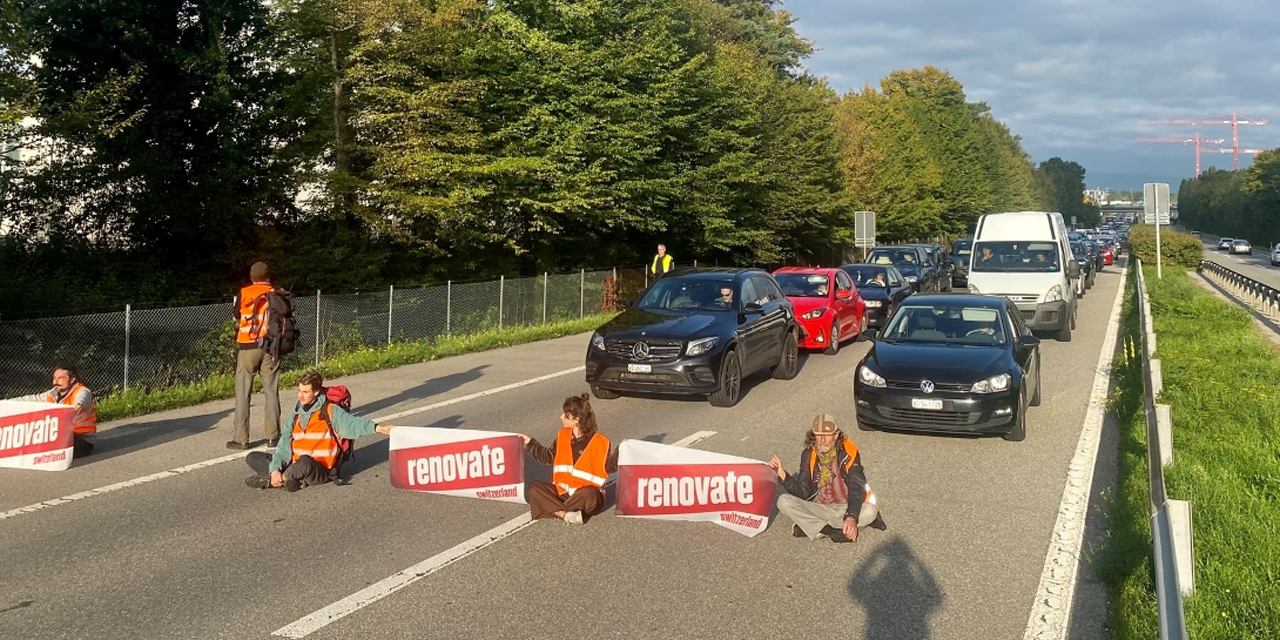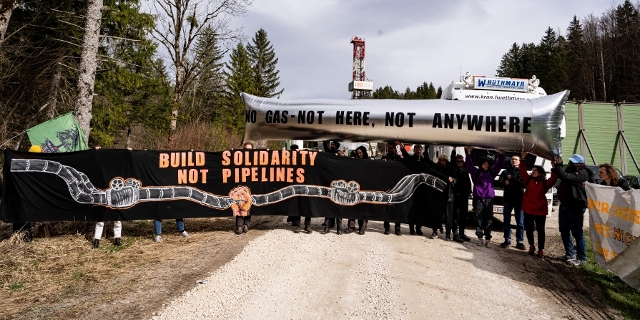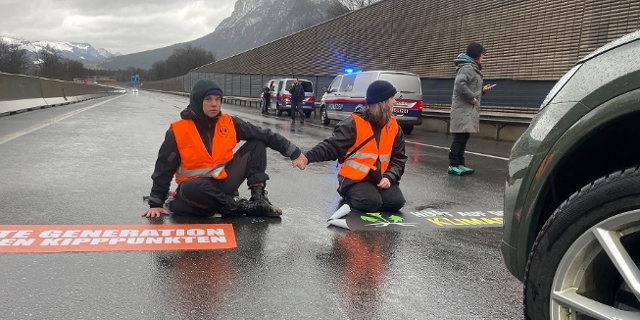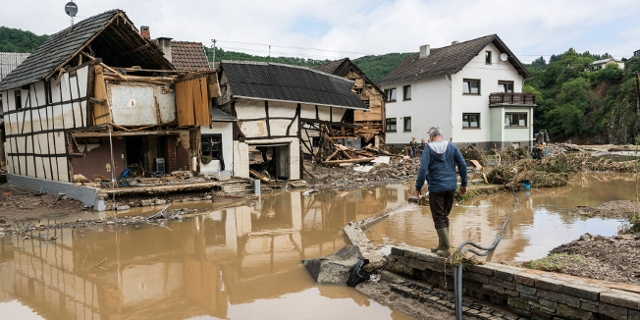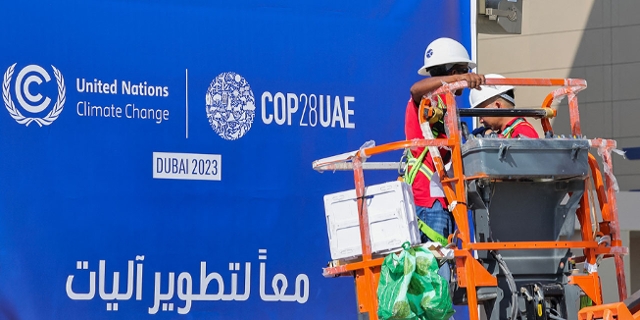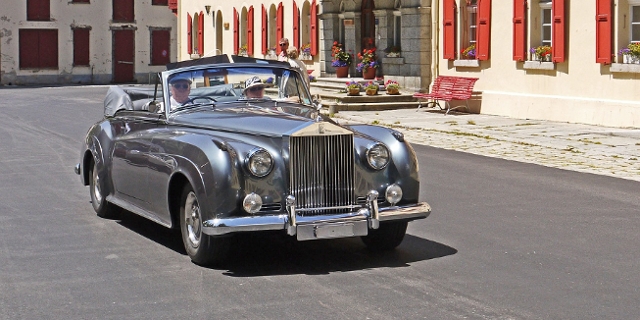The Fight For Greener Housing
Autumn has begun to bite, but I still haven’t turned the heating on. True, this is partly because of my love of knitwear, but it is more to do with a general fear of the next energy bill. Heating prices are soaring. We are counting the cost of becoming dependent of fossil fuel imports from an aggressive regime in Russia.
But should we really have to choose between shivering from the cold or quivering at the cost of heating?
The technology has long been there to insulate our houses so well that we’d barely need any energy to heat them. But we are making insufficient use of the technology; and systems are only affordable if they are scaled-up.
As we’ll hear, this is a terrible missed opportunity for better standards of living, new jobs and huge cuts in emissions. It’s low-hanging fruit.
Improving insulation isn’t an emotive environmental topic; it can’t raise our pulse in the way rescuing the rainforest or saving the corals are. I’ll be honest, I’ve wanted to do this story for years but couldn’t think how to sell it.
Grabbing Attention
It is, however, hugely important. A third of emissions worldwide are linked to the way we heat or cool or houses, a huge amount more are linked to unsustainable building practices. And we have the tools to reduce these drastically if we paid more attention.
That’s why, across Europe, new environmental groups have taken drastic steps to raise the profile of the issue.
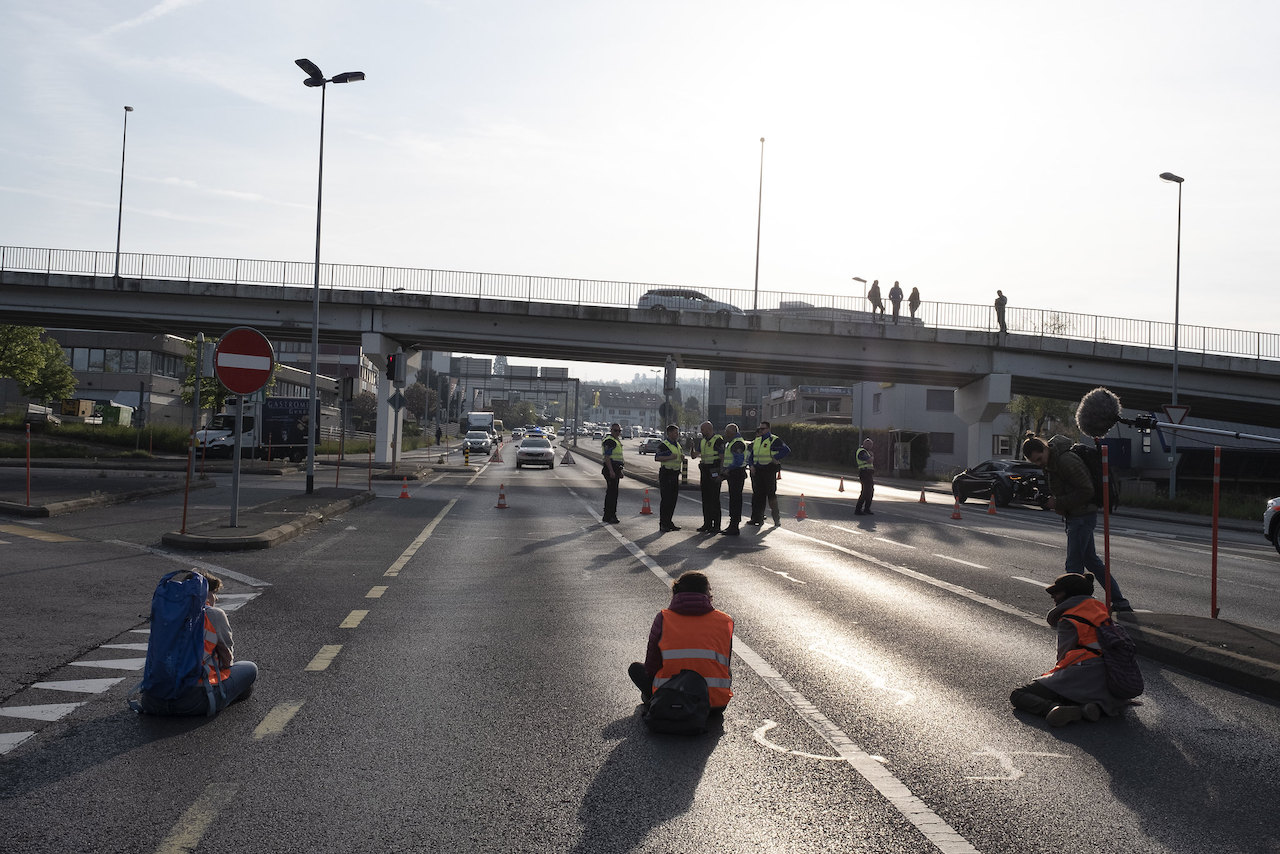
Renovate Switzerland
This week in Lausanne activists from Renovate Switzerland disrupted traffic on a motorway. They don’t see themselves as radicals: “We’re just a bunch of completely ordinary citizens, from 18 years old to 78 years old,” the groups spokesperson Anaïs Tilquin told me. “We are blockading the motorways of the country, demanding from the government that they organise the renovation of 1 million of leaky homes before 2040.”
It Is All Too Slow
The Swiss government is renovating buildings to improve insulation, but Anaïs says they are doing it far too slowly. She says at the current rate, it would take 100 years to renovate those 1 million houses and by that time the race to beat the climate catastrophe would be lost.
The issue, she says, is hugely pressing. “Heating and the losses of heat from badly insulated buildings is responsible for a big, big share of Switzerland’s CO2 emissions. So in this country, half of our energy goes into buildings. Most of that is heating. 30% of our CO2 emissions are due to that alone.”
„50% of our energy goes into buildings“
The attention-grabbing tactics of blocking motorways began 18 months ago with the group Insulate Britain in the UK, who blocked the country’s busiest motorway, the M25.
The disruptions on the road that wraps around London caused a major stink. Many activists were arrested, some were held for months. But they got people talking about the issue. Now the government and opposition are finally talking about insulation, as the locals who crowd around the bar at the pub.
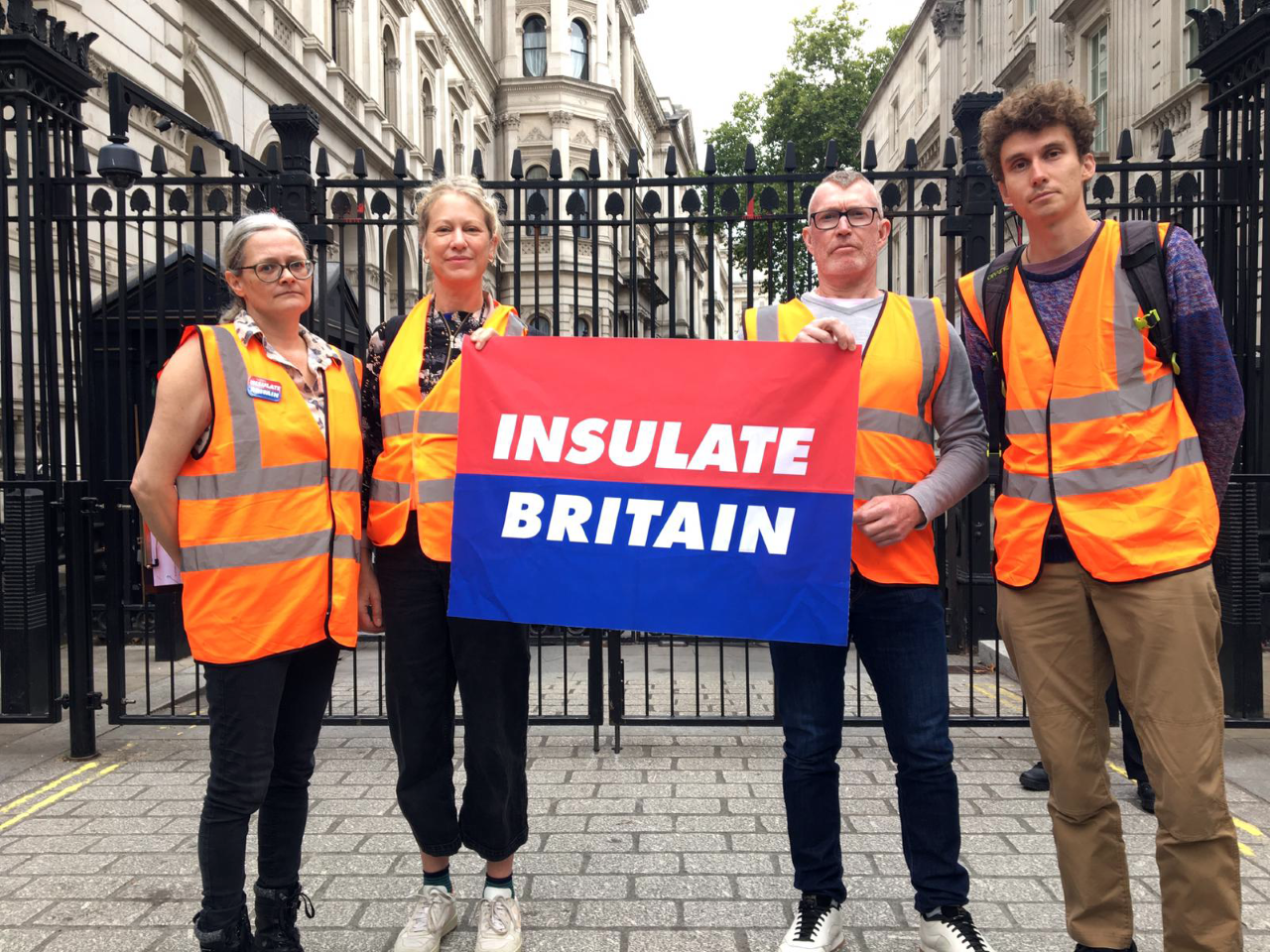
Insulate Britain
“What we proved with the Insulate Britain campaign is that public disruption works in the sense of you get recognition and you get noticed,” spokesman Liam Naughton told me. He sighs with regret that the current Tory government has hardly done anything to rectify the issue, but at least it is on the political agenda.
„We’ve Won The Argument“
“We’ve completely won the argument. We were putting forward a no-brainer policy,” he says. “A national programme of home insulation is a win-win. It is good for the environment, it is good for people, and, since the poor and elderly often live in the worst insulated houses, it is also good for social justice.”
And there’s a paradox; the tactic of blocking motorways is divisive, but the issue itself can bring everyone together.
No-One Wants A Leaky Building
But Anaïs says the issue brings people together. “We chose this demand because it’s so consensual,” she told me. “Everyone is for renovating leaky homes, people living in these shit homes are all for it, obviously. And now on top of that we have an energy crisis. People are going to have difficulties heating their homes in winter. No one likes a leaky home.”
Controversial Tactics
The course of action might be effective but it is dangerous for the activists and motorists alike. At a Insulate Britain protest a year ago The Guardian reported that “The first lorry, hurtling towards the T-junction, did not look like it was going to stop: it ground to a halt inches from the faces of three activists.”
Liam Naughton acknowledges that he was concerned that protests could result in serious injuries or even fatalities, but he says: “There’s no purity when you take part in civil resistance. Things went wrong in the civil rights movement and the anti-Apartheid struggle. People got hurt. You have to have faith in this idea that what you are doing is the right thing to do.”
Cycling for Change
I’m interested in what tools we have at our disposal when it comes to improving our housing here in Austria and so, the day after Renovate Switzerland’s motorway blockade, I took my folding bike on a train to St. Pölten and joined Markus and Günther Lang on one of the Passathon rides. These bike rides are a fun way to connect best-practice examples of low-emissions architecture.
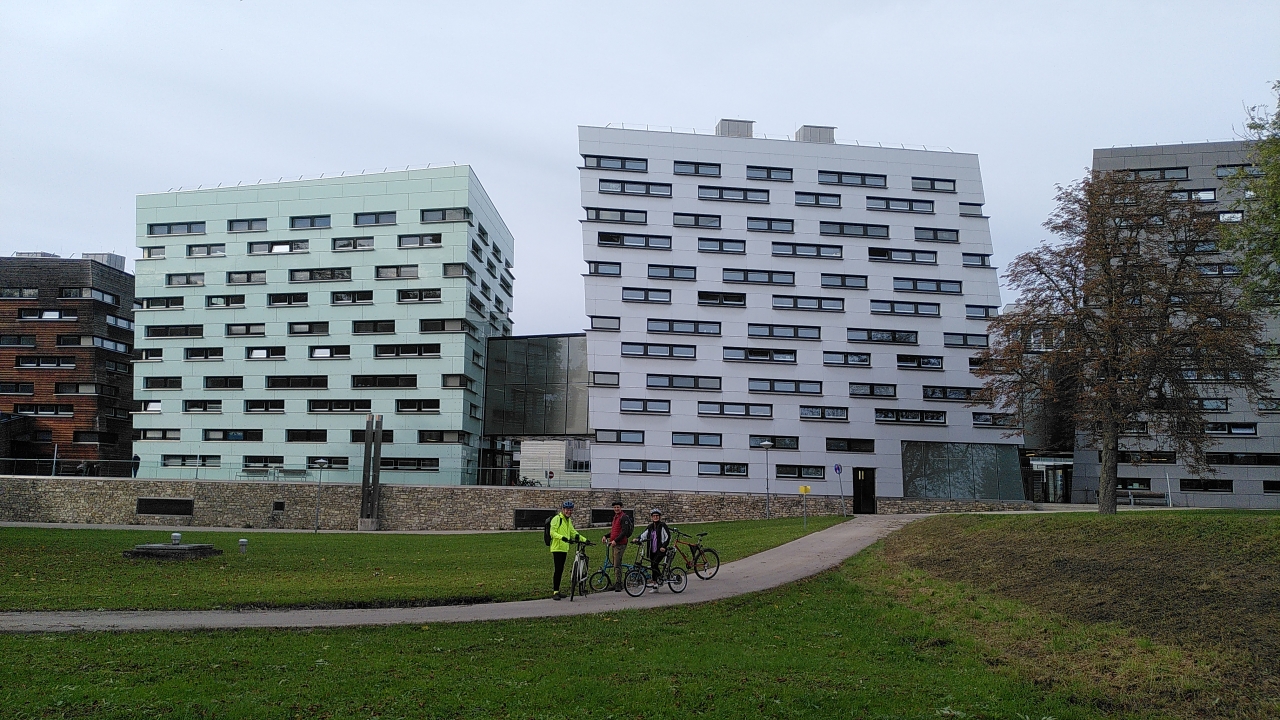
Markus Lang
There are 608 buildings across the whole of Austria. You can find them on the Passathon App which explains their particularities and their energy saving credentials. The first public building we visited in St. Pölten, for example, saves around 10,000 euros in energy costs per year compared to conventional buildings.
Eco-friendly - like bicycles
“We use the bike to show the buildings in Austria that have been constructed in a particularly climate-friendly manner,” explains Günther, a sprightly, yellow-clad former engineer who, under his cycle helmet, bears an uncanny resemblance to President Van der Bellen.
“You can compare these buildings to conventional buildings, like comparing a bike to a car. While a car consumes a lot of energy in order to get from A to B, I simply use my muscles to get there on the bike. It is similar with these buildings because they require almost no energy.”
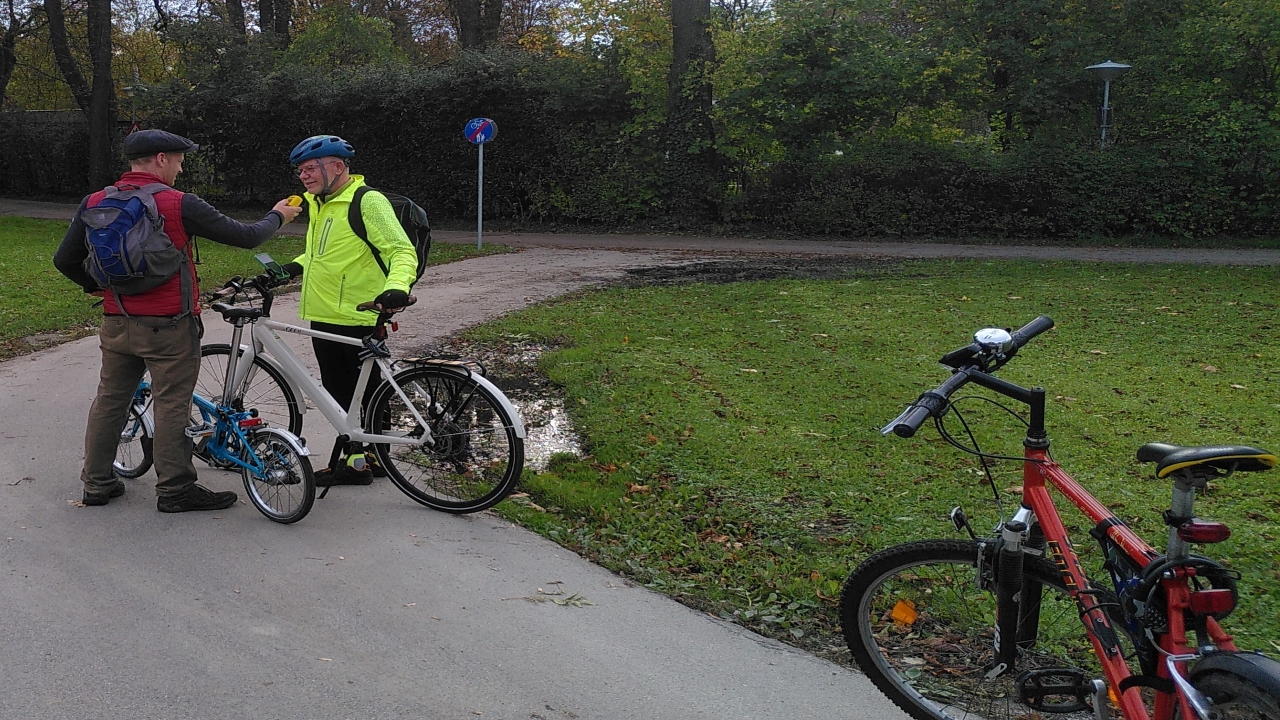
Markus Lang
It’s not only about building new buildings but also about renovating old ones. Günther points to a project in Hermagor in Carinthia, where a 160-year-old stone-walled farm was insulated with 40 centimeters of cellulose and with a clay floor and wooden ventilation as well as a photovoltaic system. It now produces more energy than it consumes.
I’d expected these energy efficient buildings to be a luxury product, but one of the stops is the GESA Institute in St. Pölten which supports the long-term unemployed. It was built with very natural materials such as inner walls of clay, straw insulation and hemp, and the long-term unemployed helped with the work, learning valuable skills along the way.
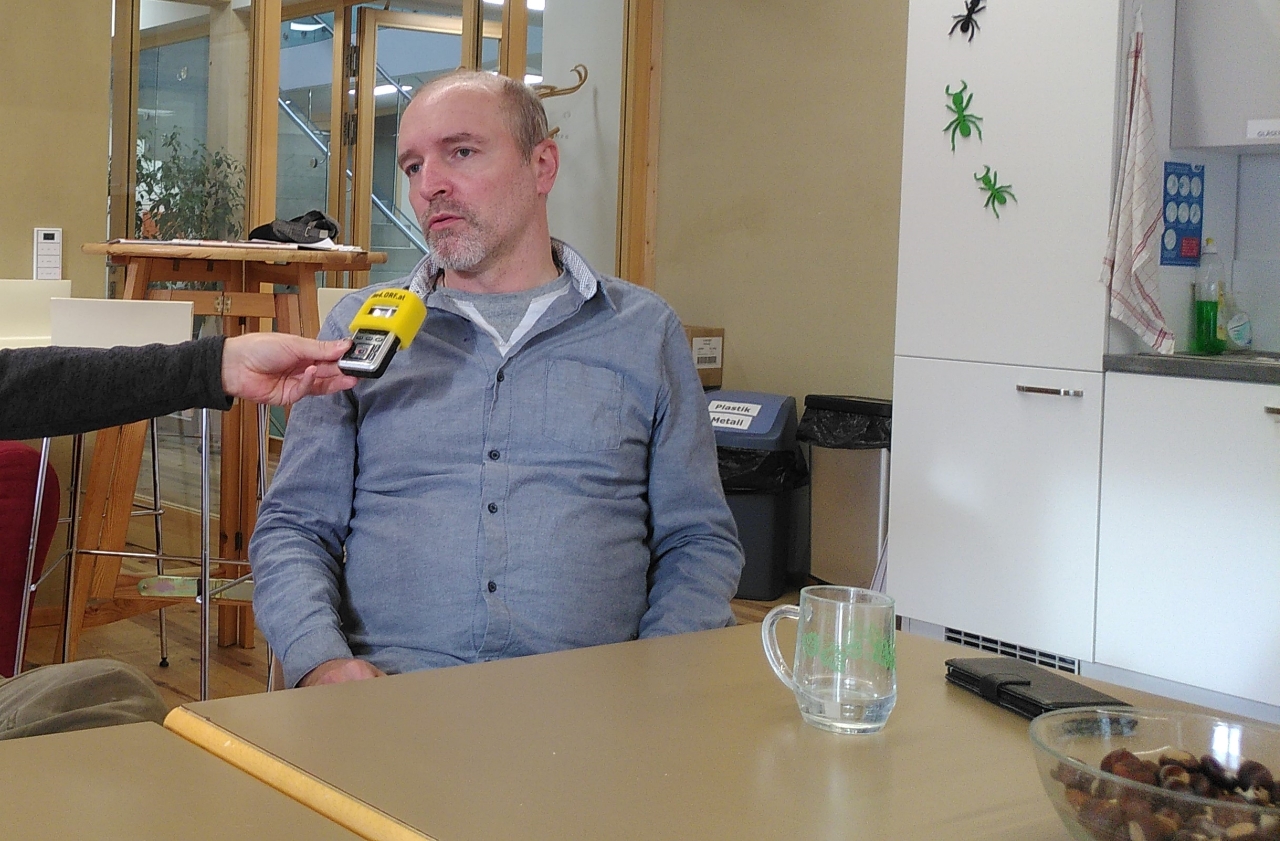
Markus Lang
Alexander Shenk, the manager, says their help means it was no more expensive to build than a conventional project, and in the coming years there will be huge savings in energy bills:
“With these building materials, the costs would be higher,” Alexander told me, “but because we did this work ourselves, the square meter costs in conventional construction are comparable.”
Green Jobs
I’m going to latch on to this employment issue – the lack of workers skilled in renovation means progress is slow, but, on the other hand, points out Anaïs Tilquin of Renovate Switzerland, this is a great way of creating green jobs:
“We need approximately 100,000 people to move on to this kind of job. They are the jobs we need for the future,” she told me. “It’s not easy to change careers, however, even if you want to. So that’s why we’re asking the Swiss government to create bursaries for 100,000 people, to be able to take a year off to retrain themselves and go into the renovating industry.”
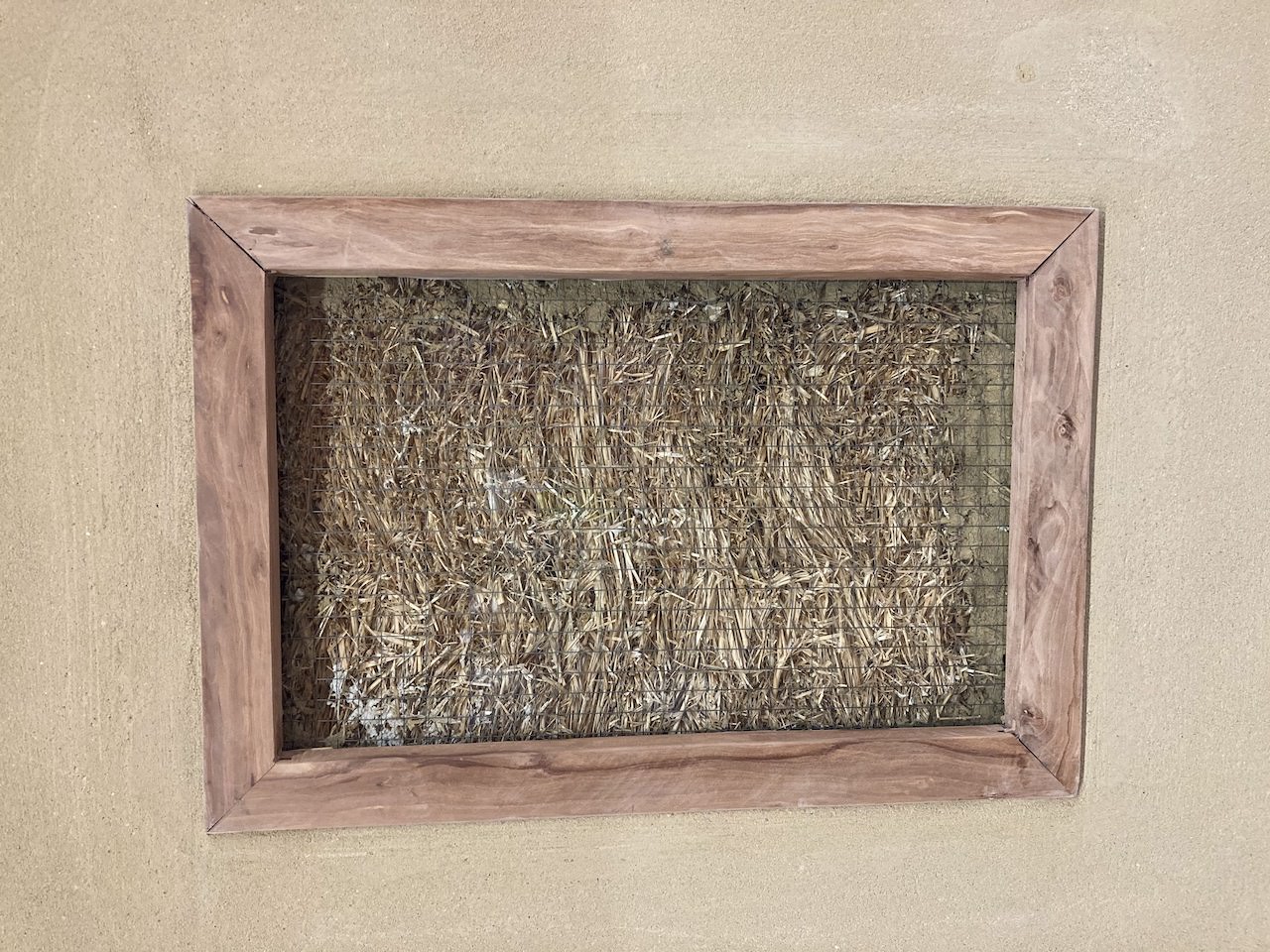
Chris Cummins
Making the Exception The Rule
I enjoyed my tour, it’s usually a couple of kilometres between each project in the cities. It was a nice ride and I learned a lot.
But these sorts of houses should be the rule not the exception, says Jasmin Duregger of Greenpeace. We have to have standard rules on heating and insulation.
„We urgently need better minimum standards for houses,“ says Jasmin „A good question is why doesn’t every new building automatically have a photovoltaic system on the roof? We should have regulations, that say you have to argue why you can’t install a photovoltaic system on the roof and not why you should install one. This would mean that the passive house actually becomes the standard in Austria.“
MORE KLIMANEWS WEEKLY
Publiziert am 07.10.2022







